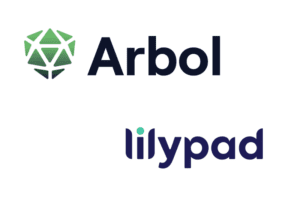Why consumers may feel the impact of higher reinsurance costs for insurers

Canada’s primary insurers will need to run at sustained combined operating ratios of 95% or lower in the future in order to withstand future NatCat losses (and the cost of reinsuring them), without having to pass costs on to consumers, one senior industry exec suggested at a panel discussion Wednesday.
“Return over time means that there’ll be years where [the insurer’s profit margin] is just outside…5% to 20% in any given year, recognizing over time there could be [a combined operating ratio of] 150% to 160% [representing a financial loss] in any given year,” observed Craig Pinnock, chief financial officer of Northbridge Financial Corporation, at an Insurance Institute of Canada Symposium panel on reinsurance held in Toronto Wednesday.
“In those years when [a loss] happens, I think the primary company needs a much more stable [profit] number [in the intervening years]. I would say, if I use the numbers 90% to 95% [COR], that’s probably where a primary company should be run rate. And I would say for reinsurers probably 85-ish, maybe a touch lower on your average years.
“If we’re seeing what we’ve been seeing recently, where that 85% becomes 150% every four years….I think what we have historically accepted as a [profitable] runway is not acceptable if you want longevity.”
Pinnock’s remarks came in response to a question about what kind of profit margins insurers would have to run in order to avoid passing increased product costs over to consumers. Elsewhere during the discussion, the panel addressed the issue of whether the relatively profitable years for Canada’s primary P&C insurers over the past three to four years would be enough to absorb the shock of reinsurance pricing increases of anywhere between 25% and 60% over the most recent 2023 January renewal season.
Many factors go into the price of an insurance product, Pinnock noted. They include loss ratios, charging the right price for the risk, paying reinsurance premiums to transfer risk in a catastrophe, and investment income. Plus, there has to be an acceptable profit margin built in, he added.
“I think on the question around pricing, I start with the [observation] that all companies try and get the appropriate price for the product at any given point in time,” he said. “That doesn’t always work. There are multiple inputs: reinsurance is a significant component…[and] loss costs is also an important point.
“So, I think collectively, we have to get the right price. And the right price is what the consumer needs to pay for a product. The right price is a fair price for the coverage, including a reasonable return. We as an industry don’t talk about that much.”
What is a reasonable rate of return?
Pinnock said he did some casual research online and found that reasonable rates of return for the insurance industry came anywhere between 5% on the low end, 10% on average, and 20% on the high end.
“Now let’s do the math, Pinnock said. “Five per cent [profit] is 95% [COR}. Most of us do a happy dance at 95%. Ninety per cent [COR} is [a] 10% [profit]. And 80% [COR} enforces the 20% margin.
“We as an industry have not seen those numbers consistently for any period of time. We’ve had a little bit of that in the last few years, depending on the organization. So, our standard for [profit] margins is pretty thin when we start out. So that’s what makes it harder to say, the consumer does not get impacted by [reinsurance] cost increases.”
Feature image courtesy of iStock.com/lakshmiprasad S





